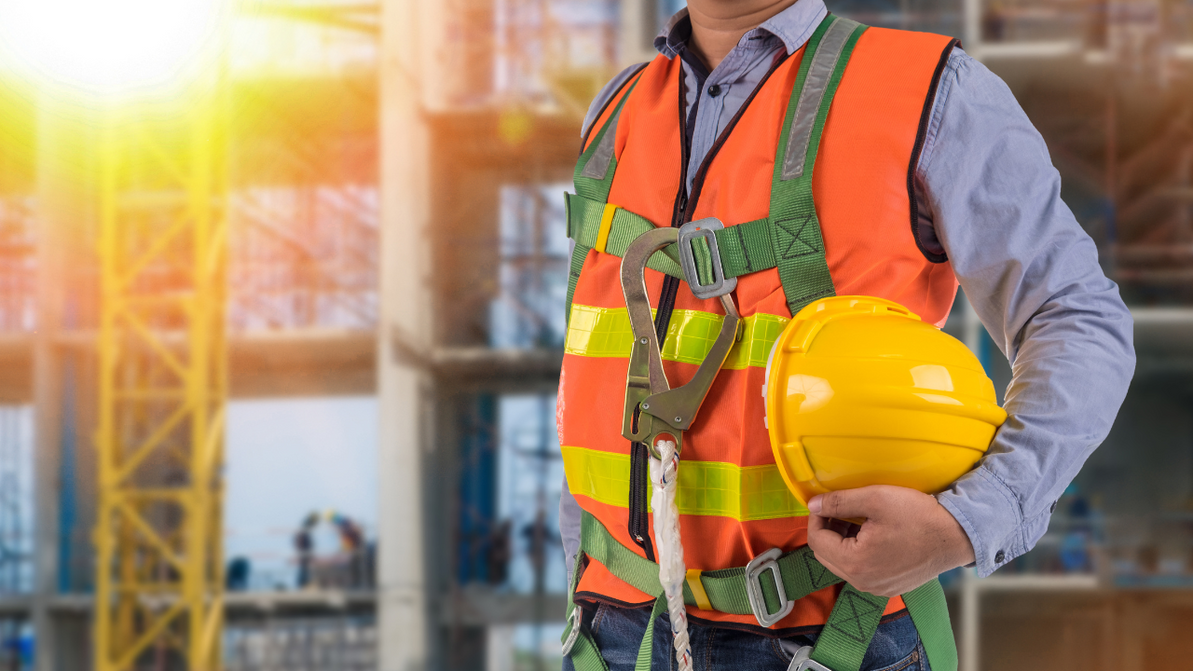Self Rescue After a fall
As a worker in a high-risk job, one of the most important safety measures you can take is to equip yourself with a fall arrest system. However, simply wearing a fall arrest system isn’t enough; you must also know how to use it correctly, including how to perform a self-rescue after a fall.
What is a Fall Arrest System?
A fall arrest system is designed to catch you in case of a fall and prevent you from hitting the ground. However, in some cases, you may still be left dangling in the air and unable to reach the ground or a safe platform. In such situations, performing a self-rescue is vital to ensure your safety.
Steps for Effective Self-Rescue After a Fall
Here are some steps you need to take for an effective self-rescue after a fall:
1. Stay Calm: Falling from a height is a scary experience, and it is easy to panic when you are left dangling in the air. However, it is essential to remain calm and composed to prevent further injuries.
2. Assess your situation: After you’ve fallen, you need to assess your situation. Look for any hazards in your immediate surroundings, such as electrical wires or sharp objects, that may pose a danger.
3. Use your rescue plan: A rescue plan should be included with your fall arrest system. Follow the instructions on your rescue plan to the letter. If you experience difficulty, do not hesitate to seek help from a coworker or supervisor.
4. Use your rescue equipment: Your fall arrest system should come with rescue equipment, such as a self-retracting lifeline or descent device, that can help you lower yourself to safety. Make sure you know how to use them correctly and that they are inspected and maintained regularly.
5. Lower yourself to the ground: If your rescue plan or equipment doesn’t work, you may need to lower yourself to the ground manually. In this case, make sure you have a solid grip on the lifeline and use your legs to control your descent. Do not release the lifeline until you are safely on the ground.
In conclusion, a fall arrest system is a critical safety measure for any worker at risk of falling from heights. However, wearing a fall arrest system alone will not prevent accidents. You must know how to use it correctly and perform a self-rescue if necessary. By following the steps outlined above and ensuring your equipment is inspected and maintained regularly, you can increase your chances of a safe and successful self-rescue after a fall.
Recent Posts
-
How to Lead a Toolbox Talk That Doesn’t Put People to Sleep + Free Checklist and Sample
We’ve all been there. You gather the crew for a safety meeting, and within 60 seconds …Jul 16th 2025 -
The Unwritten Rules of the Jobsite
Because not everything comes with a manual. Construction sites have their own rhythm, language, and. …Jul 16th 2025 -
10 Times Scaffolding Stole the Show in Movies
Iconic Scenes Where Steel Pipes Became Supporting Actors Scaffolding might not be the first thing t …Jul 14th 2025




